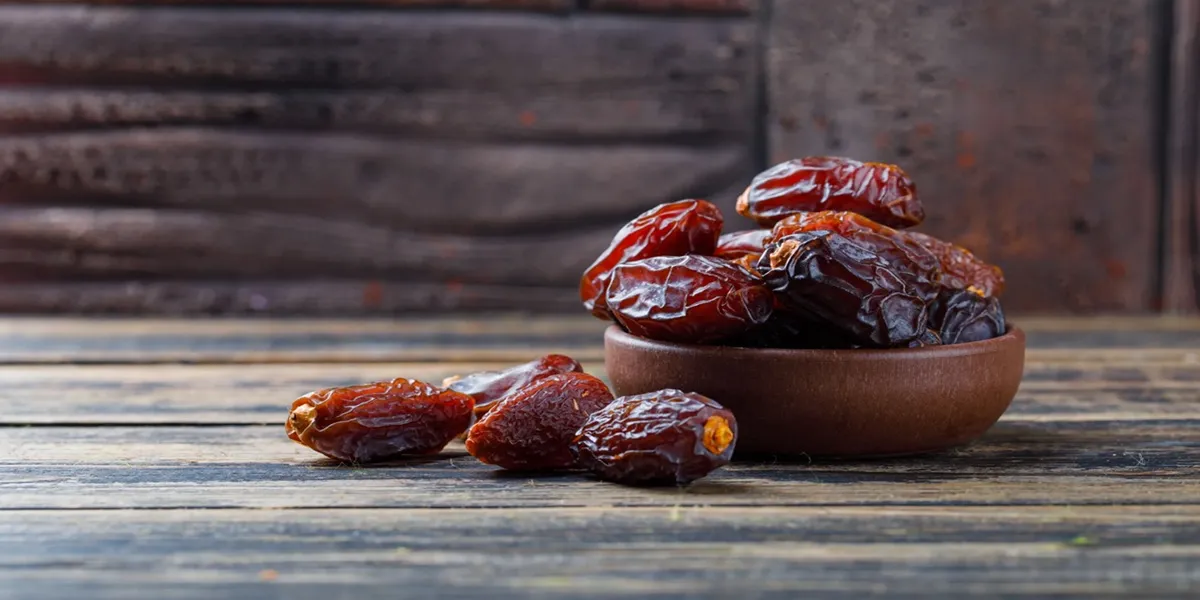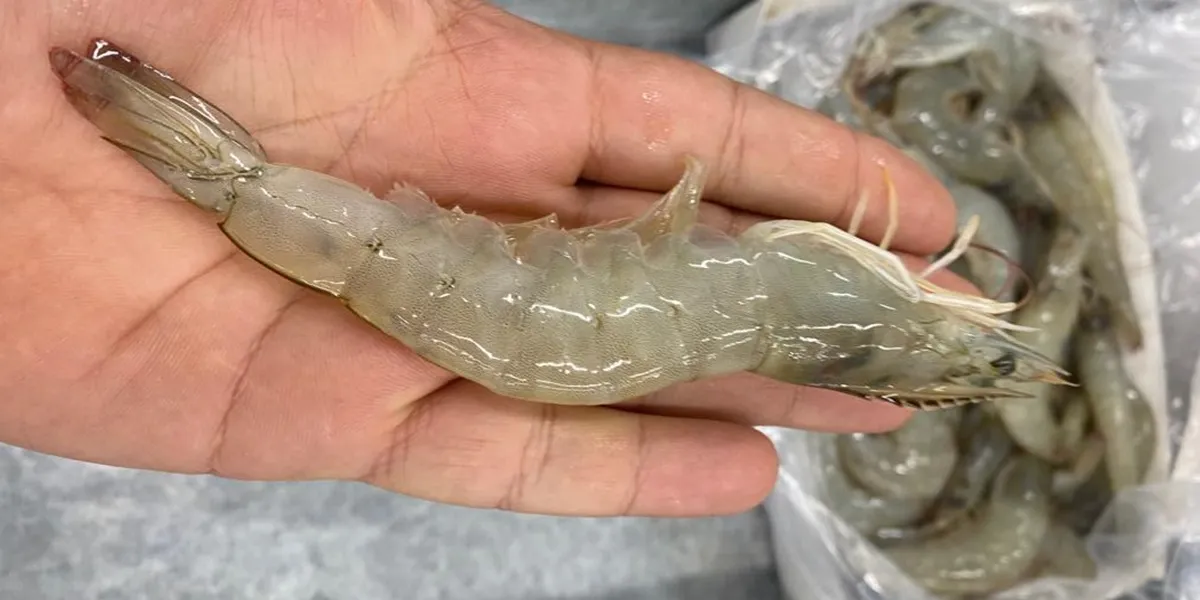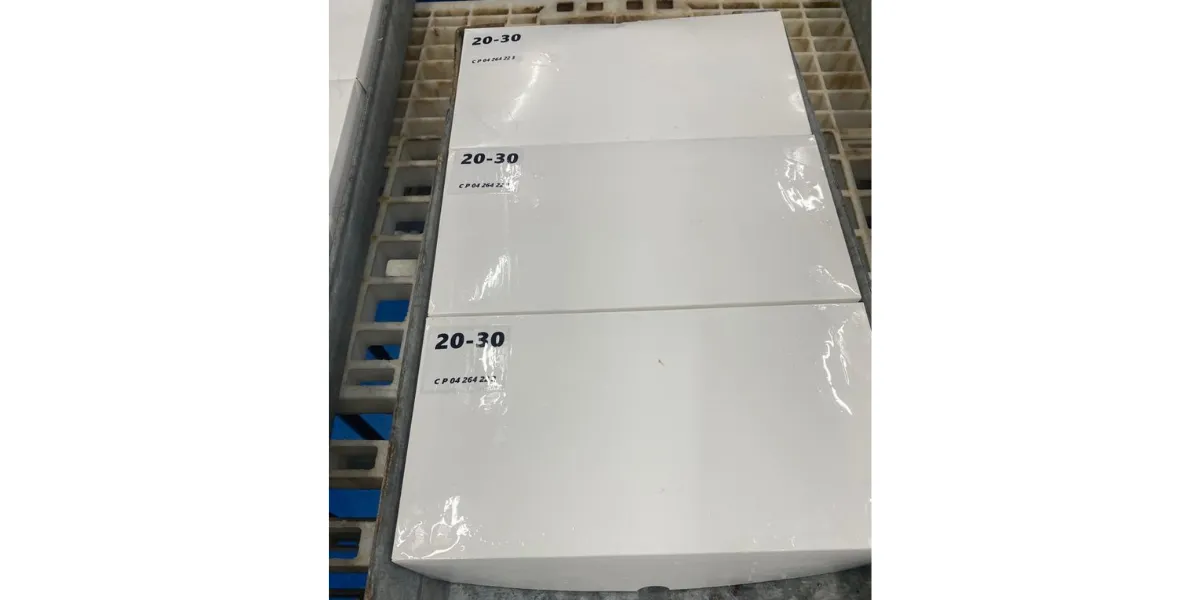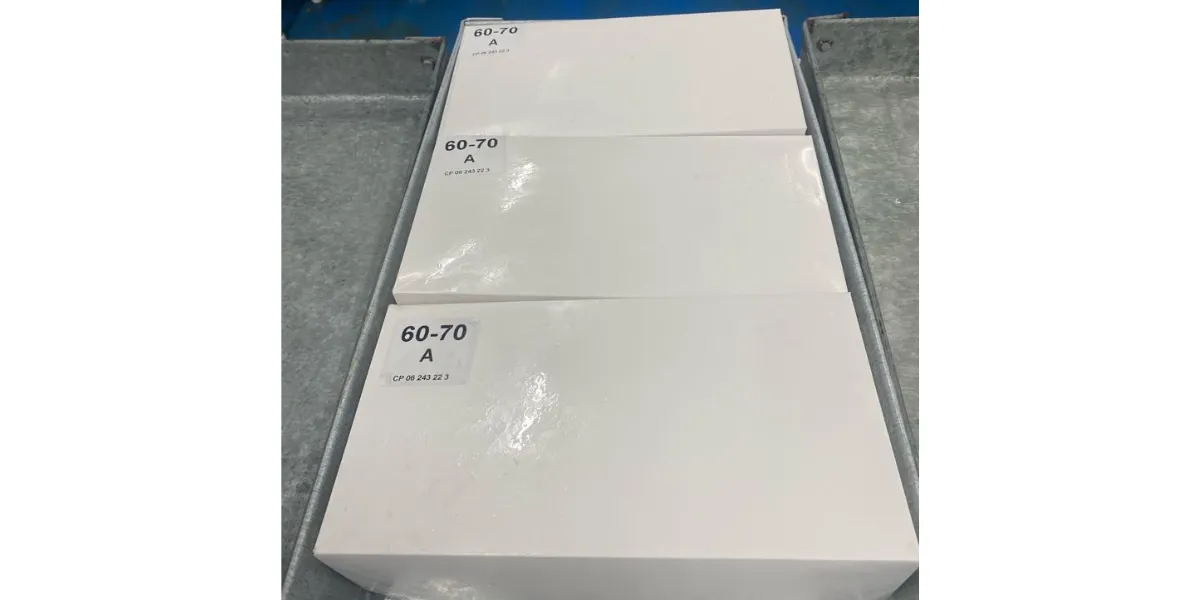Iranian dates are more than just a sweet snack — they are a global superfood rooted in centuries of agricultural tradition. With over 400 cultivars, Iran is one of the world’s largest producers of dates, offering a diverse range from soft, juicy Mazafati to the luxurious, long-lasting Piarom. Each variety comes with its own texture, taste, and health benefits, making Iranian dates a high-demand commodity across Asia, Europe, and even North America.
Rich in natural sugars, antioxidants, and essential minerals like potassium, magnesium, and iron, Iranian dates not only fuel energy but also support heart health, digestion, and immunity. As the global appetite for healthy, natural foods grows, so does the opportunity to enter this thriving export market.
If you’re curious about the types of Iranian dates, their unique nutritional benefits, and how to build a reputable export business around them — keep reading. You’re about to explore the full roadmap.
Why Iranian Dates Dominate the Global Market
Iranian dates dominate the global market due to their unmatched variety, superior taste, and ideal growing conditions. With over 400 types of dates cultivated across different regions, Iran provides a wide selection of flavors and textures that cater to diverse consumer preferences. The climate and soil in provinces like Khuzestan, Kerman, and Hormozgan are perfectly suited for date cultivation, resulting in rich, nutritious products.
Health benefits of dates also play a key role in rising global demand. Rich in fiber, potassium, and antioxidants, dates are now popular not only as a traditional sweetener but also as a healthy snack. Iranian varieties such as Mazafati, Kabkab, and Piarom are especially valued for their softness, high sugar content, and long shelf life. Moreover, Iran’s ability to produce both fresh and dried dates in bulk allows it to meet export demands consistently.
In terms of pricing, Iran offers competitive rates due to high production volume and lower labor costs. This has helped Iranian exporters secure markets in Asia, Europe, and North America. When combined with strategic packaging and increasing certifications, Iranian dates continue to maintain their stronghold in the global date industry.
Understanding Global Demand: Top Importing Countries for Iranian Dates
The export success of Iranian dates is closely tied to understanding where global demand is strongest. Countries in Asia, particularly India, Pakistan, and Malaysia, import large volumes due to cultural consumption patterns, religious holidays, and affordable pricing. Meanwhile, European countries like Germany, France, and the UK have become promising markets, especially for organic and high-end date varieties.
A common comparison made by international buyers is Iranian dates vs Medjool dates. While Medjool dates from the US and Israel are known for their size and juiciness, Iranian dates are appreciated for their variety, taste diversity, and affordability. For example, Mazafati is known for its soft texture and rich flavor, while Piarom is favored in luxury markets for its dry sweetness and long shelf life.
To expand into high-demand regions, exporters must understand consumer preferences, dietary trends, and pricing expectations. Adapting product presentation, obtaining organic or Halal certifications, and offering sustainable packaging are also crucial to stay competitive. By aligning with market needs and educating buyers on the value of Iranian dates, exporters can effectively grow their presence in key international markets.
Essential Legal Requirements and Certifications for Exporting Dates
Exporting Iranian Dates requires careful compliance with international legal and sanitary standards. Different countries impose specific requirements regarding food safety, pesticide limits, and traceability. Common certifications include ISO 22000 (food safety management), HACCP (hazard analysis and critical control points), and sometimes Halal certification for Muslim-majority countries.
For exporters aiming at the EU, it’s critical to ensure their dates meet the European Union’s strict Maximum Residue Limits (MRLs) for pesticides. Similarly, the United States requires FDA registration and occasionally USDA Organic certification for certain segments. Exporters must also provide a certificate of origin, phytosanitary certificate, and detailed packaging labels in accordance with the importing country’s language and legal standards.
Complying with these standards not only avoids border rejections but also increases trust and credibility among international buyers. Iranian Dates that are well-documented and certified are more likely to be accepted in premium markets and included in long-term contracts with retailers and wholesalers. Exporters should work with local agricultural authorities and specialized consultants to stay updated on evolving international export regulations.
Finding Reliable Buyers and Building Long-Term Export Relationships
Building strong export relationships in the date industry begins with identifying reliable buyers through verified platforms, trade fairs, and government-sponsored export events. Iranian exporters often find success by attending exhibitions like Gulfood (Dubai) or SIAL (France), where they meet distributors and retailers from around the world. Initial contact should always be followed by formal documentation, product samples, and pricing proposals.
To move beyond one-time sales, it’s essential to build trust through consistent quality, clear communication, and dependable delivery timelines. Long-term relationships are often secured through contracts that define minimum purchase quantities, payment terms, and delivery schedules. Transparent pricing and responsiveness to buyer feedback also encourage repeat orders.
For Iranian date producers, offering flexible options—such as customized packaging, private labeling, or organic-certified products—can help meet specific buyer needs. Digital platforms like Alibaba or TradeKey can also help identify potential clients, but it’s important to vet them thoroughly. A relationship-oriented approach not only brings stable revenue but also opens doors to new markets through referrals and recommendations.
Packaging and Labeling Standards for Different Export Markets
Proper packaging and labeling are crucial for preserving quality, ensuring compliance, and making Iranian dates more attractive in foreign markets. Export packaging must protect the product during long-distance transportation, especially for fresh or semi-dried varieties like Mazafati. This usually involves vacuum-sealed pouches, food-grade plastic containers, or bulk corrugated boxes with moisture-resistant linings.
Different export markets also have distinct labeling requirements. For the European Union, labels must include nutritional information, ingredients (if processed), best-before dates, storage instructions, and allergens—in the local language. In Gulf countries, Arabic labeling is mandatory, often alongside English. For North America, compliance with FDA labeling guidelines is essential.
Visual appeal also matters. High-resolution branding, origin labeling such as “Product of Iran,” and eco-friendly packaging add marketing value. Exporters should also highlight premium traits—like organic certification or unique Iranian date varieties—directly on the package. By aligning packaging and labeling with consumer expectations and legal requirements, Iranian exporters enhance shelf presence and buyer confidence across diverse markets.
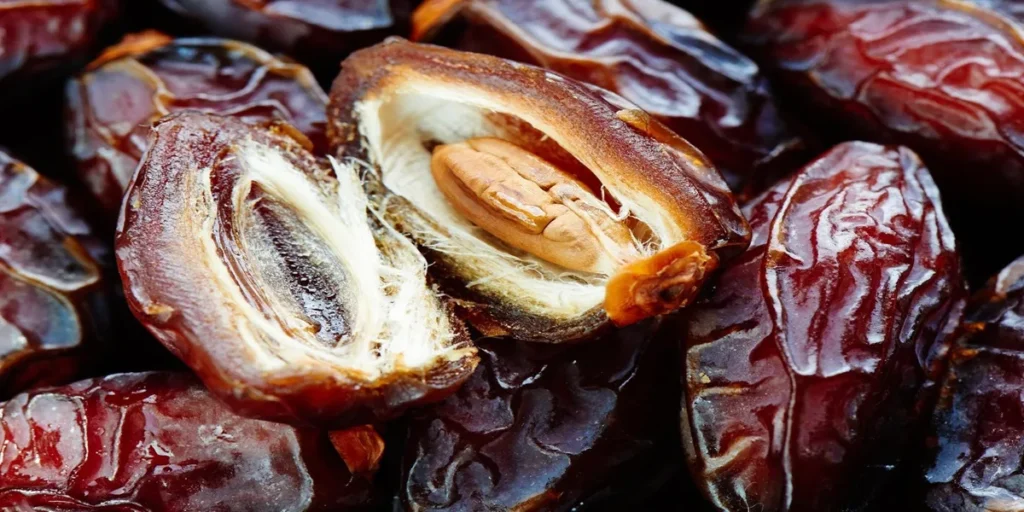
Setting Competitive Yet Profitable Export Prices
Establishing an export price that balances competitiveness and profitability is crucial for Iranian date exporters. Begin by calculating all costs, including production, packaging, transportation, tariffs, and marketing expenses. Understand your target market’s pricing expectations and analyze competitor pricing to position your product effectively. For instance, if premium dates like Piarom are priced higher in European markets, ensure your pricing reflects their quality while remaining attractive.
Consider the value proposition of your dates—highlighting aspects like organic certification, unique taste profiles, or sustainable farming practices can justify a higher price point. Additionally, factor in currency exchange rates and potential fluctuations to safeguard your profit margins. Offering tiered pricing or bulk discounts can also appeal to different buyer segments. Regularly review and adjust your pricing strategy based on market feedback and changing costs to maintain competitiveness and profitability.
Choosing the Right Shipping Method: Air vs. Sea Freight
Selecting between air and sea freight depends on factors like cost, speed, and product shelf life. Air freight offers speed and is ideal for perishable or high-value dates, ensuring freshness upon arrival. However, it is more expensive and may not be cost-effective for bulk shipments. Sea freight is more economical for large volumes but has longer transit times, which could affect the quality of certain date varieties. Evaluate your buyers’ needs, delivery timelines, and budget constraints to choose the most suitable shipping method.
Digital Marketing for Exporters: Creating an Online Presence That Attracts Buyers
In today’s digital age, a strong online presence is vital for attracting international buyers. Develop a professional website showcasing your product range, certifications, and company story. Utilize social media platforms to engage with potential clients and share updates about your products and operations. Implement search engine optimization (SEO) strategies to increase your visibility in online searches. Participate in online B2B marketplaces and virtual trade shows to expand your reach. Consistent and authentic digital engagement can build trust and open new market opportunities.  
Common Pitfalls for First-Time Exporters—and How to Avoid Them
First-time exporters often face challenges such as inadequate market research, non-compliance with export regulations, and poor logistics planning. To avoid these pitfalls, thoroughly research your target markets to understand consumer preferences and legal requirements. Ensure all necessary certifications and documentation are in place to meet international standards. Partner with experienced logistics providers to navigate shipping complexities. Additionally, establish clear communication channels with buyers and be prepared to adapt your products or processes based on feedback and market demands.
Scaling Up: How to Expand Your Iranian Date Export Business
To scale your export business, focus on building strong relationships with existing clients and seeking new market opportunities. Invest in market research to identify emerging trends and demands in different regions. Diversify your product offerings to cater to various consumer preferences. Enhance your operational efficiency through technology adoption and staff training. Explore strategic partnerships or joint ventures to expand your distribution network. Regularly assess your business performance and be agile in implementing changes to meet the evolving global market landscape.
Concluding: Bringing the Taste of Iran to the World: Your Journey Starts Here
Becoming a successful exporter of Iranian dates isn’t just about logistics and paperwork — it’s about understanding the richness behind each variety and matching it to the right market. From the soft, perishable Mazafati that thrives in climate-controlled packaging, to the semi-dry Piarom and Zahidi with longer shelf lives and broader shipping flexibility, each type offers unique selling points backed by centuries of cultivation expertise.
Moreover, the health-conscious global consumer is actively seeking out natural, nutrient-rich alternatives to processed snacks — and Iranian dates fit this demand perfectly. By focusing on quality, variety, and the undeniable benefits of these fruits, you position yourself not just as a seller, but as a cultural ambassador of one of Iran’s most precious exports.
Now that you’ve explored the foundation — from understanding different types to leveraging their health value — you’re ready to take the next step in becoming a standout figure in the international date market. Let the journey begin.

